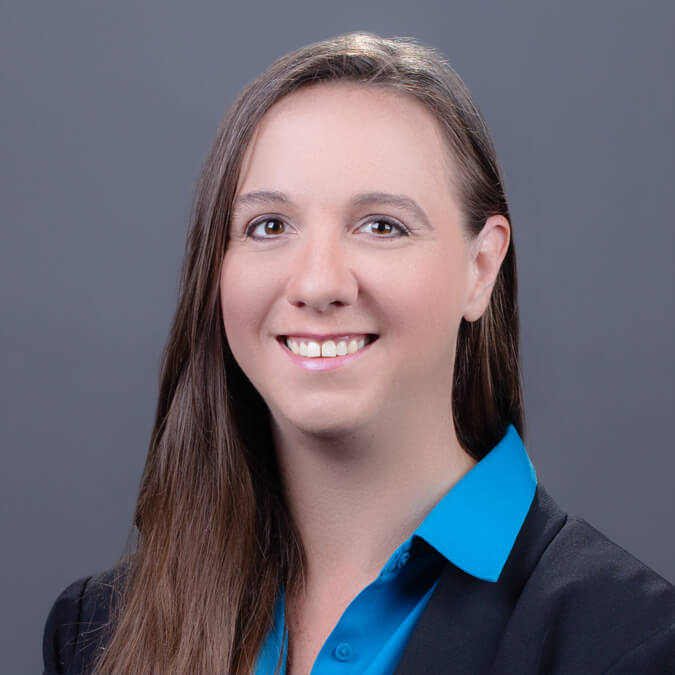Several options are up for debate on Capitol Hill, but will they be enough to help borrowers?

Student loan debt is crippling millions of Americans. The average borrower graduates college with over $35,000 in debt, and it gets worse each year. Congress has kicked around several student loan reform proposals, such as making student loans dischargeable during bankruptcy. But none of them have gained much traction. As a result, some states have stepped in to provide student loan relief, but the programs are often limited.
Now, several laws are on the verge of making it to the floor for a vote. But will they be enough to provide the student debt relief that borrowers need?
Positive changes to income-driven repayment plans
In 2020, income-driven repayment plans are getting a makeover . The Department of Education is making the application process easier by combining everything student-loan-related into one site – studentaid.gov – instead of studentloans.gov. It’s described as a “one-stop shop” for DoEd resources from FAFSA to repayment applications. Whether you are enrolled in Income Based Repayment (IBR), Income Contingent Repayment (ICR), Pay As You Earn (PAYE), or Revised Pay As You Earn (REPAYE), this is a big step toward making repayment a simpler process.
Additionally, Congress passed the FUTURES Act. This authorizes data sharing between the IRS and the Department of Education, meaning that the yearly re-applications to income-based repayment plans will become automatic. In the past, borrowers enrolled in income-driven plans were required to recertify their income every year or risk getting kicked off the plan and facing higher payments. The FUTURES Act will greatly reduce the paperwork and burden of using one of these plans.
Changes to Public Service Student Loan Forgiveness
Some politicians are advocating for changes to the Public Service Student Loan Forgiveness program. The Public Service Student Loan Forgiveness bill was passed in 2007 and currently applies to graduates who are employed full-time by a 501(c)(3) nonprofit or other eligible public service job and have made 120 on-time payments toward their loans through a hardship-based repayment plan.
Now, many Democrats want to expand the program to apply to more people. Republicans and Democrats alike have criticized the program for how confusing its requirements can be and how much red tape borrowers must cross to make it work. In 2018, there was some attempt to rectify this confusion with a fund set aside for borrowers who had accidentally signed up for the wrong repayment program. For many, this wasn’t enough. There are three key changes Democrats are currently proposing that would affect borrowers:
- Start offering forgiveness after 5 years instead of 10.
- Offer forgiveness for all kinds of student loans, not just Direct loans.
- Offer forgiveness for all kinds of student loan repayment plans, not just income-based plans.
Republicans have suggested scrapping the program altogether. The 2020 election will likely decide which direction the program goes.
Will the government put a cap on student loans?
The Trump administration has recently proposed setting a limit on the amount of loans students can borrow to attend college. Parents and graduate students could only take out loans up to a certain amount, which has not yet been specified in the proposal. The proposed limits would vary depending on the students’ academic program.
The logic behind the proposal is that college costs are rising because of the seemingly unlimited availability of student loans to pay for it. A limit on loans would, in theory, force universities to lower their costs. Universities argue that the real reason their tuition costs have risen is a lack of state funding, and that a cap on student loans wouldn’t help.
No matter what the final decision is, all politicians agree that something has to be done about the $1.5 trillion of student loans owed in the United States.
PROSPER Act
The first law was debated in 2018. The PROSPER Act stands for Promoting Real Opportunity, Success and Prosperity through Education Reform. It does several things to help borrowers:
- The law caps maximum loan amounts for graduate and undergraduate students.
- It reduces the number of repayment plans from seven to two. There would be one plan for people who want fast repayment and another for people who need lower payments.
- It would completely eliminate the Public Service Loan Forgiveness Program.
- However, it would offer a $300 Pell Grant bonus for students that take on a higher course load.
Senate banking bill
While the House debated PROSPER, the Senate focused on a new banking bill. It includes two provisions designed to help student loan borrowers.
- A student loan servicer (lender) can’t declare default if a co-signer dies or declares bankruptcy. They also can’t accelerate repayment on a private education loan.
- If the student borrower dies, the lender must release the co-signer from the debt.
The bill also makes it easier to remove a private student loan default from your credit report. The new system would match the system for federal student loans. Currently, if you make 6 consecutive payments on time on a federal student loan, the default disappears; it’s effectively like you never defaulted at all. This new bill proposes similar flexibility for private student loans.
What the new Federal Reserve Chair says…
The current Federal Reserve Chair Jerome Powell warned that student loan debt could slow economic growth. He’s indicated that he supports several key changes to the current lending system. The most prominent question he had was why student loan debt is protected from discharge during bankruptcy.
Currently, most borrowers cannot qualify to have their student loans discharged during bankruptcy. This includes both federal and private student loans. As a result, a distressed borrower can declare bankruptcy but still face continued financial hardship. Even after all their other debts are discharged, student loan payments may still leave them struggling to make ends meet.
State Programs for Student Loan Reform
Until the federal government decides on their plans for student loan relief, certain states and even municipal governments have taken action. The programs they offer help incoming college students to minimize the financial burden of their education.
- Tennessee and Oregon both implemented “Promise” programs. These allow students to enroll in two-year community college programs tuition free.
- Minnesota has a similar program for one and two-year community college training for students from any household that makes less than $90,000 annually.
- Rhode Island’s governor has proposed a program that provides free two-year community college and even offers two tuition-free years at 4-year state schools
- New York has a similar proposed program under review that intends to offer all four years tuition-free at 4-year state colleges; this program would be available to any household with an annual income of less than $125,000
Certain cities and counties are also stepping up with tuition-free community colleges. The only catch with these programs (and the state programs listed above) is that the offer only extends to high school graduates in that particular area. That limits the ability of lower income students to study out of their city, county or state. Still, while this may limit your options if you happen to be an aspiring marine biologist living in landlocked Tennessee, you at least have a path to higher education.
The moral of the story: Don’t wait for Washington!
“Student loan relief is not on the horizon yet,” argues April Lewis-Parks, Financial Education Director for Consolidated Credit, “and the changes lawmakers want to push through may not benefit you in your situation. So, you need to find solutions now and work with the relief options you have available today.”
Lewis-Parks admits that the current system is confusing. You have seven repayment plans, two different types of consolidation loans and a ton of hoops to jump through if you want to qualify for student loan forgiveness – and that’s just the options for federal loans!
“Trying to find the right solution for student loan relief can be even more complicated that finding the right solution for credit card debt relief,” Lewis-Parks explains. “You don’t know about any of these options until you need them. That makes for a steep learning curve at a time when you need fast answers. There’s no shame in seeking help.
